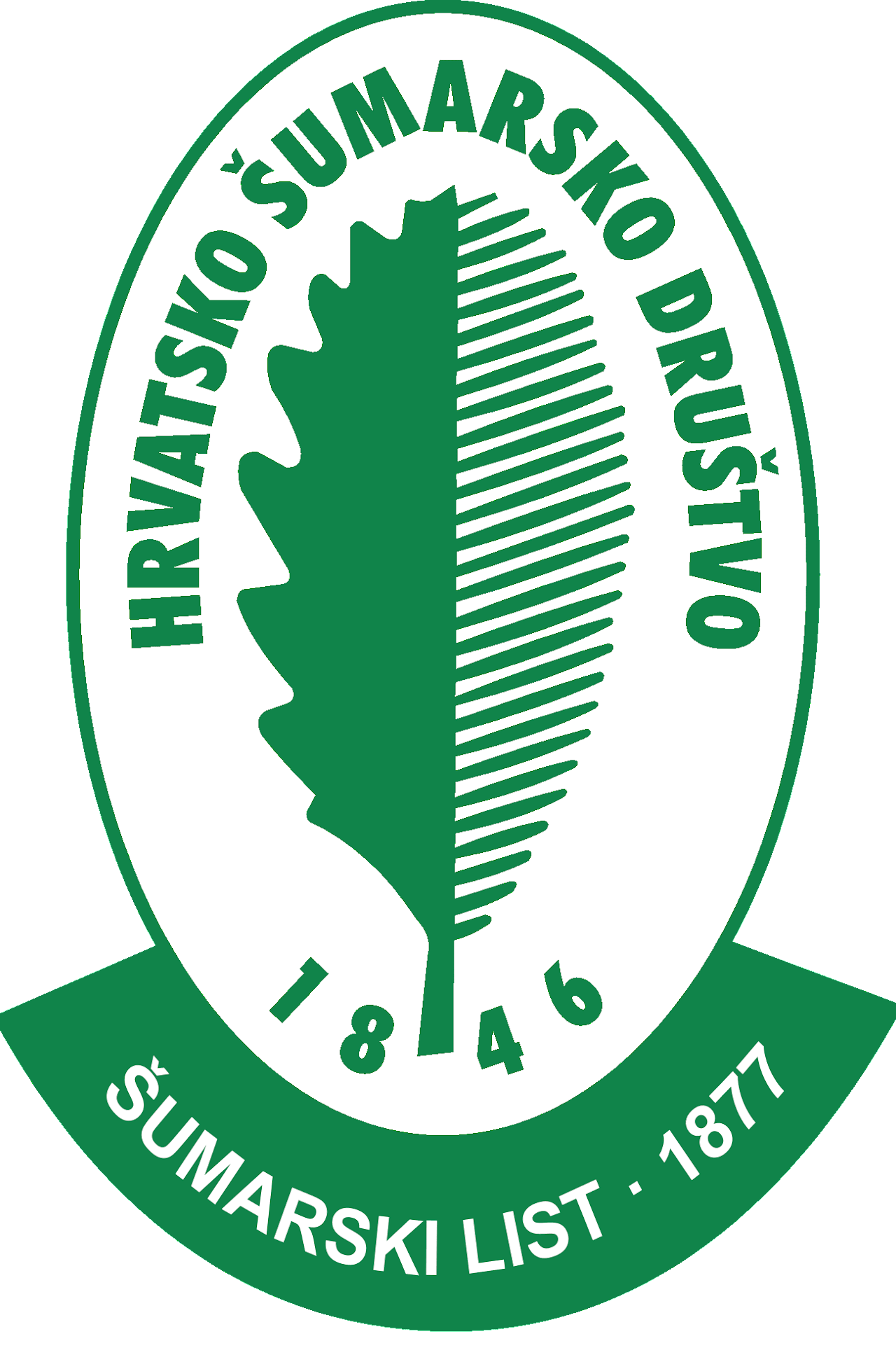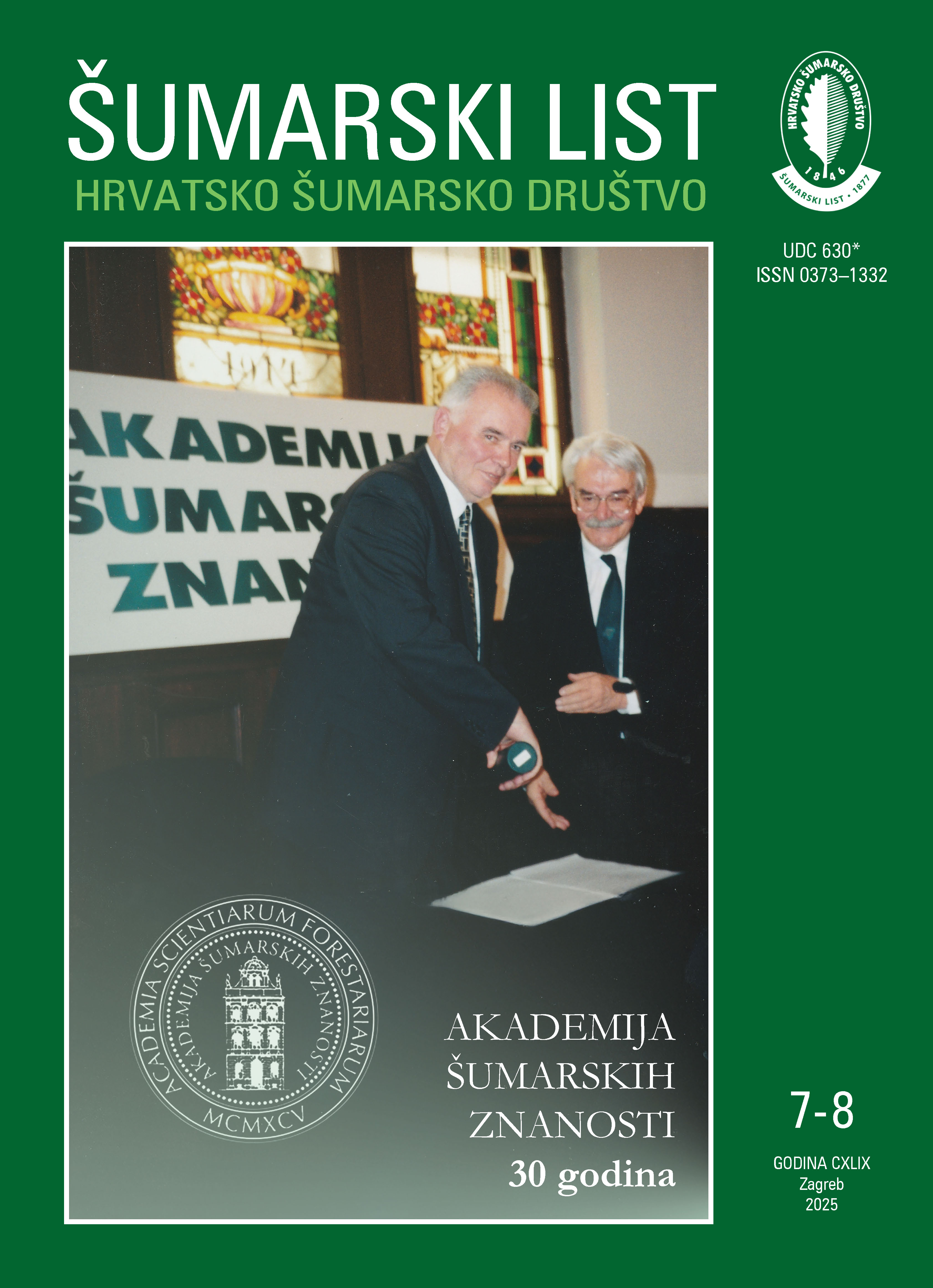Programi šumske pedagogije u Hrvatskoj – pristup evaluaciji i nalazi
Ključne riječi:
Centar Silva.Rei, održivi razvoj, odgoj u prirodi, šumsko obrazovanjeSažetak
Šumska pedagogija, kao obrazovni koncept koji koristi šumu kao prirodnu učionicu sve je više prepoznata u Hrvatskoj. Osnivanje Centra za šumsku pedagogiju Silva.Rei 2022. godine značajan je korak u razvoju koncepta šumske pedagogije i pripadajućeg edukacijskog pristupa u Hrvatskoj. Cilj ovog rada je predstaviti evaluacijske nalaze dvaju programa šumske pedagogije provedenih od strane Centra u okviru projekta „Znanje iz šume za šumu.“
Šumska pedagogija, kao obrazovni koncept koji koristi šumu kao prirodnu učionicu sve je više prepoznata u Hrvatskoj. Osnivanje Centra za šumsku pedagogiju Silva.Rei 2022. godine značajan je korak u razvoju šumske pedagogije i pripadajućeg edukacijskog pristupa u Hrvatskoj. Cilj ovog rada je predstaviti nalaze vrednovanja dvaju programa šumske pedagogije koje je proveo Centar u okviru projekta „Znanje iz šume za šumu.”
Evaluacija je obuhvatila dvije terenske radionice za učenike osnovnih škola te seminar šumske pedagogije za pedagoške djelatnike. Ocjenjivana je razina zadovoljstva sudionika elementima radionica, relevantnost i primjenjivost ponuđenog sadržaja u pedagoškoj praksi, opseg novousvojenih sadržaja te ocjena učenika o najzanimljivijim elementima radionica. Rezultati evaluacije ukazuju na visoku motiviranost i angažiranost sudionika u programima šumske pedagogije, na zamjetne socijalne i ekološke dobrobiti koje šumska pedagogija unosi u odgoj i obrazovanje te na preporuke za poboljšanje programa u budućnosti.
Preuzimanja
Objavljeno
Broj časopisa
Rubrika
Kategorije
Licenca
Autorska prava (c) 2025 Ivan Martinić, Anđela Antičević, Lara Zgrablić

This work is licensed under a KreativniCommons Attribution-NonCommercial Međunarodne licence.


